There’s no denying summer is here. With seemingly no warning, temperatures climbed and cut the shoulder season short. With the rising temperatures comes a rising need to begin training and preparing for the heat stress our bodies will be under while we are enjoying out outdoor activities. This became unpleasantly evident to me at my first long bicycle event a few weeks ago outside Grand Junction, Colorado.
I skipped the first water station and just kept pedaling through the mountainous wilderness with the hopes of saving a few minutes and beating the heat. I packed enough water to get to the next aid station for a refill, but not many other people did. Instead of topping off water bottles, the unexpected high heat in the relentlessly sunny high desert meant everyone else guzzled through their water supplies and filled up their empty reservoirs and bottles. I had a mechanical issue with my bike after a technical section, so the time I saved skipping the first station was spent making backcountry bike repairs. I rolled into the aid station about 20 minutes later than expected and those water-guzzling camels that beat me out took all of the water.
“Not a problem.” I told myself. I take pride in my preparedness and, although I had less water than I wanted, I had enough until I got to the nearest town and the next aid station. They would absolutely have water there. As an endurance sports nutritionist, researcher and coach, I know how to prepare for just about anything. Then disaster struck. An oncoming car decided to play chicken with me, running me off my bike line and into a nasty rut that sent me skidding 20 feet in front of my bike at about 18mph. I had some bumps, sprains, and bruises, but thankfully nothing major. My poor bike hit so hard that the rim was bent and it wouldn’t shift anymore. And my water…no longer existent with about another 15 miles to the next aid station.
Stuck in a hard gear with a bike that couldn’t hold a straight line, I still had miles of climbing and technical descents ahead of me. I was well out of the shade from the forest by now, hungry, hurting, and thirsty with the Colorado sun beating down on me. As dehydration set in, my injured legs began to tremble uncontrollably more and more with every pedal stroke. I could barely hold myself upright with the pain from impact to my back and right shoulder. Technique went out the window. My hands went numb. My feet went numb. I was making bad decisions. I was no longer sweating. If I had any water left in my body, it would have manifested as tears in my dirt-blasted eyes.
I eventually rolled into the next aid station and refilled my water. Then I drank it and refilled it again. How magnificent is sourced water? With determination (and water) I set off to the final leg of the race. My body ached, by bike creaked and moaned, but I was flying that last 10 miles to the finish and sweating buckets thanks to the beautiful, beautiful water that replenished my body and soul. All was good again. I went home with some cool new battle scars, some bruised ribs, and a broken bike. It’s all in a day’s work as a cyclist, but the heat exhaustion made the experience nearly unbearable.
So with that, I gift you some tips to make your next long, hot excursion an enjoyable one.
5 Tips to Reduce Heat-Stress and Dehydration During a Long Event
1) Dress Right: wear light colors to reflect heat and wear heat-specific technical layers. Cotton is acceptable in many environments but is not safe in environments where extreme temperatures are likely (i.e., mountains, deserts, high plains).
2) Practice in Heat: Your body adapts to the environment you train in. Build up your heat tolerance and refine your nutrition, hydration, and gear strategy by training in the heat of the day.
3) Pre-hydrate: On event day, drink 1 bottle of water (10-14 fl oz) when you wake up and one 45-60 minutes before your event. Don’t overdo it! The day before your event, drink 20-30 fl oz more of water than you usually do. This helps you improve your heat tolerance and delay dehydration.
4) Hydrate During the Event: Drink one bottle (10-14 fl oz) of water every 45-60 minutes during the event. Every 1-2 hours, rehydrate with a sports drink supplement--like tabs, powders, or even Gatorade--to balance electrolyte levels to prevent cramping and other negative performance effects. Plan your gear accordingly.
5) Eat Before You’re Hungry: Heat may reduce your appetite, but your body still needs fuel to perform. Eat every 45-60 minutes before you feel hungry to ensure you are giving your body the energy it needs to perform.
If you experience signs of heat or dehydration issues, ask the event EMT to evaluate you. If you are doing a self-supported event, find shade, take off extra layers of clothes, and find the fastest and safest way to civilization. No event is worth your health! 4 things to look out for include:
1) Your sweating slows down a lot or stops
2) You are fuzzy-headed or dizzy
3) You are having extreme thirst (too thirsty or not thirsty at all)
4) Your fingers become numb, splotchy, pale, or blue.
Reference:
McArdle, W. D., Katch, F. I., & Katch, V. L. (2019). Sports and exercise nutrition (5th ed.). Wolters Kluwer.
Photos and words by Kasey McClurg.


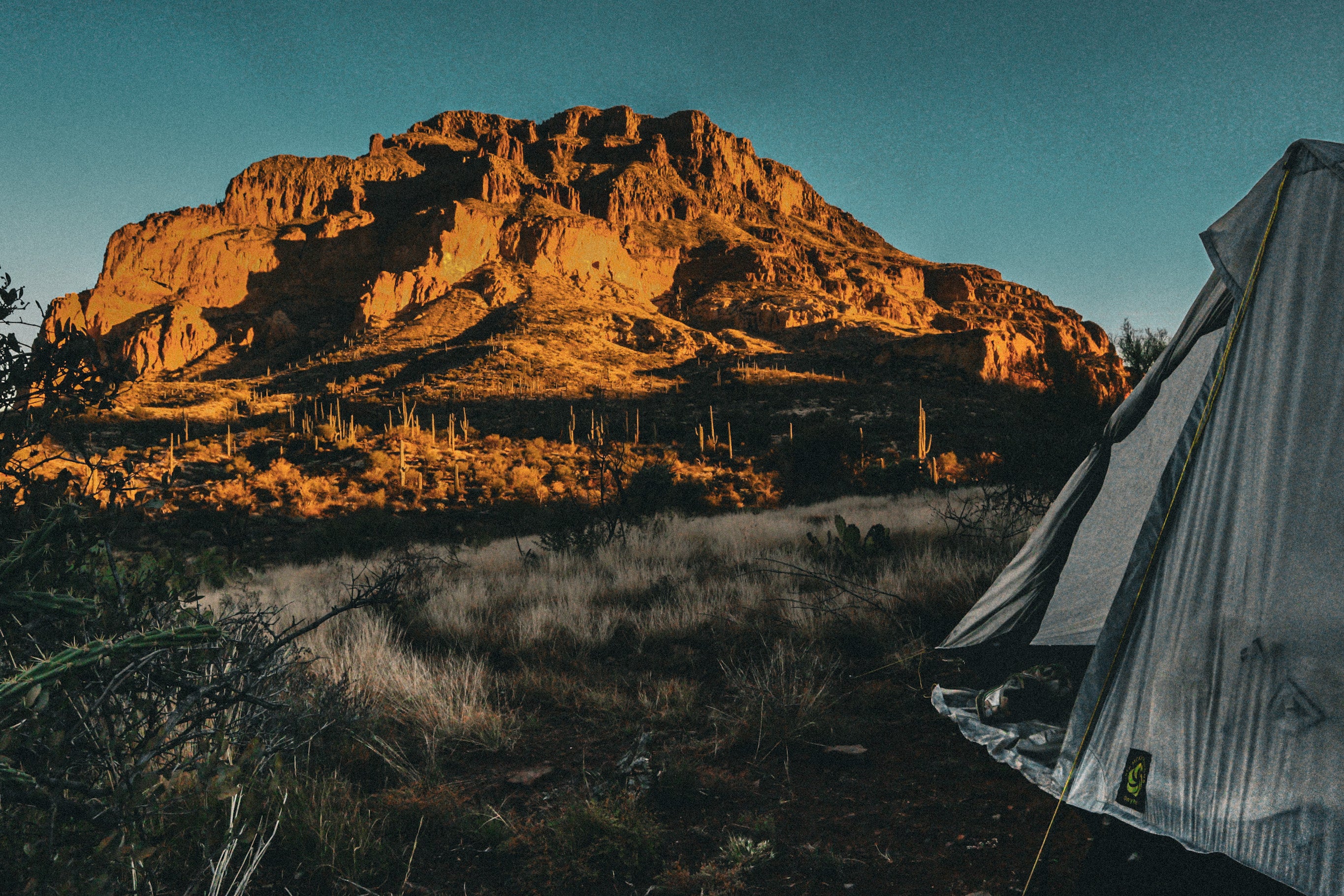
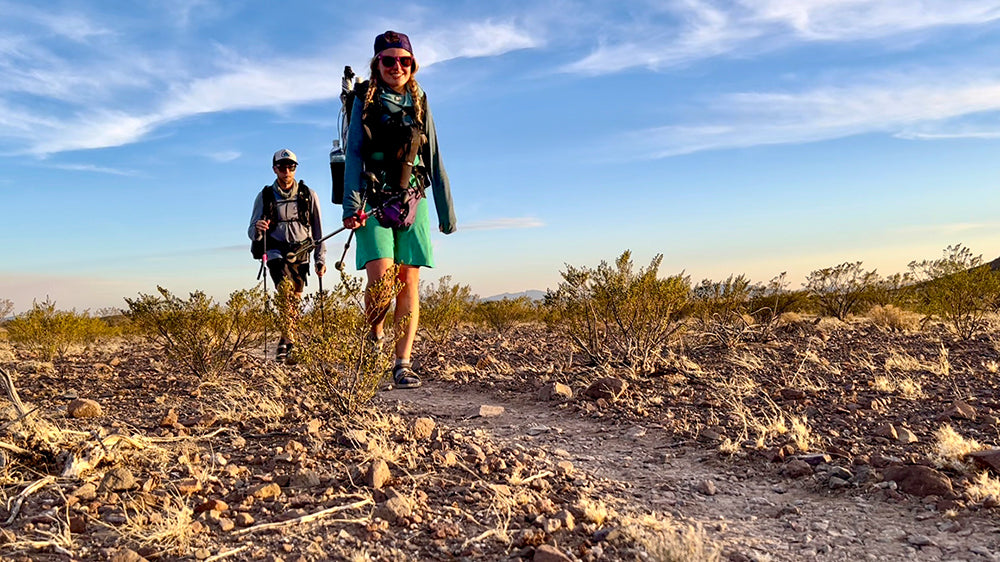
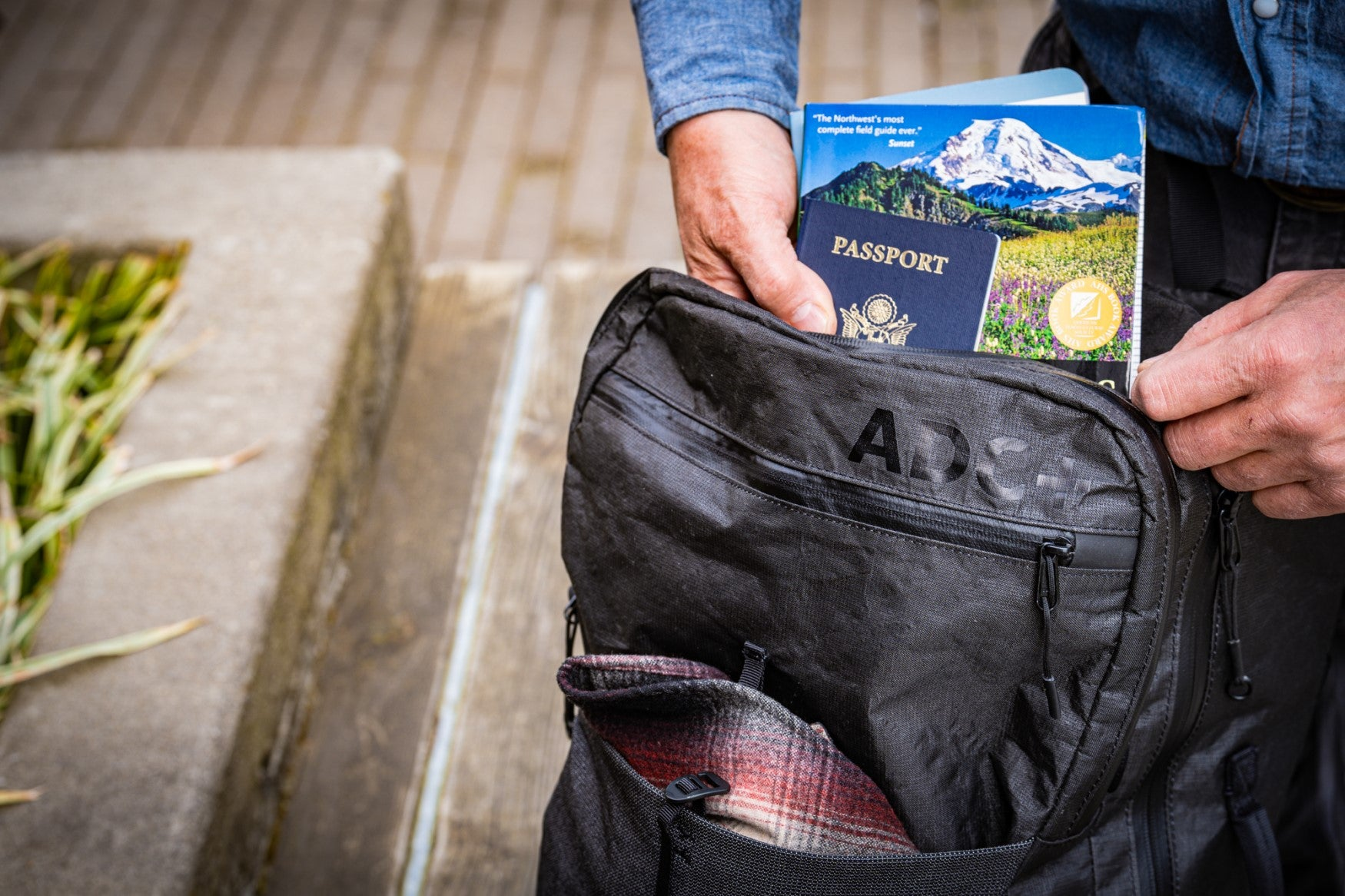
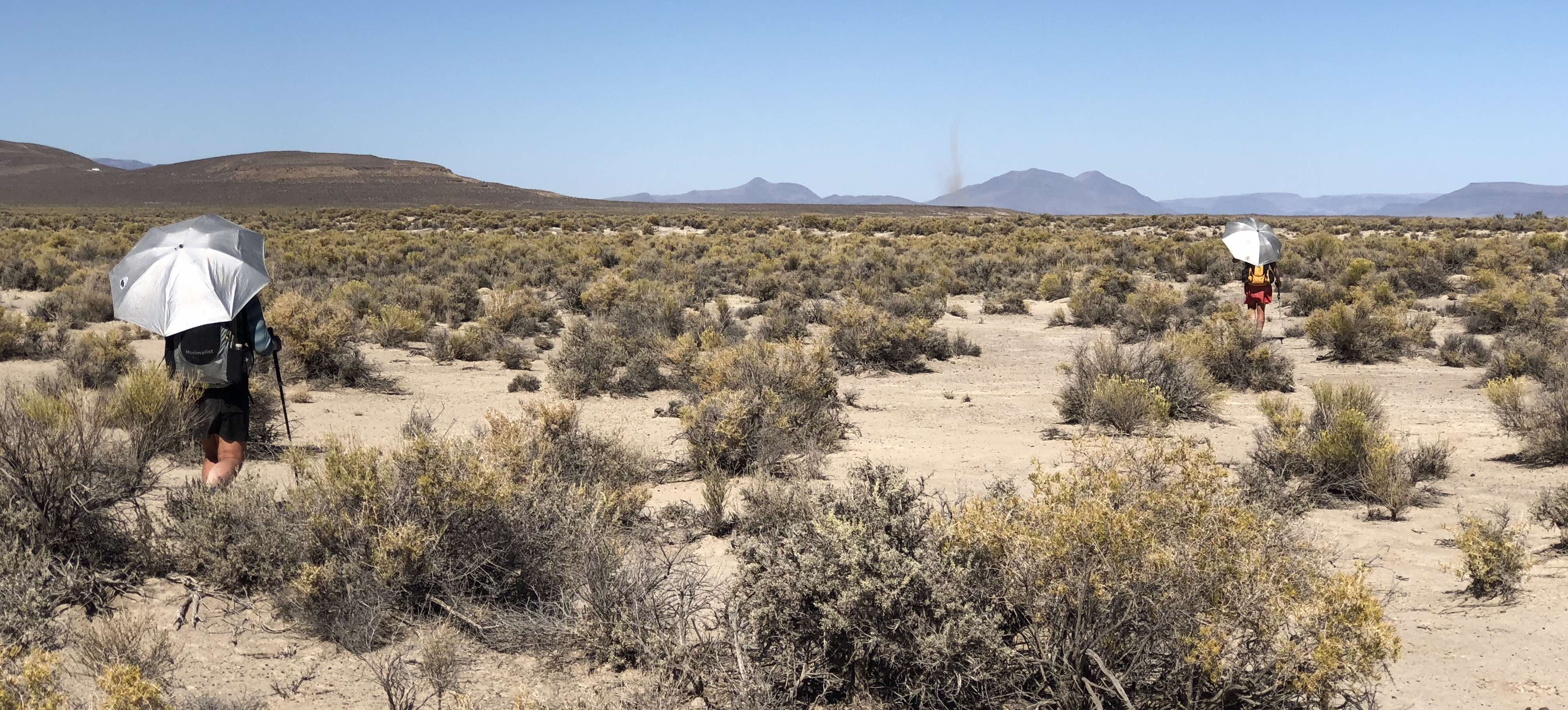
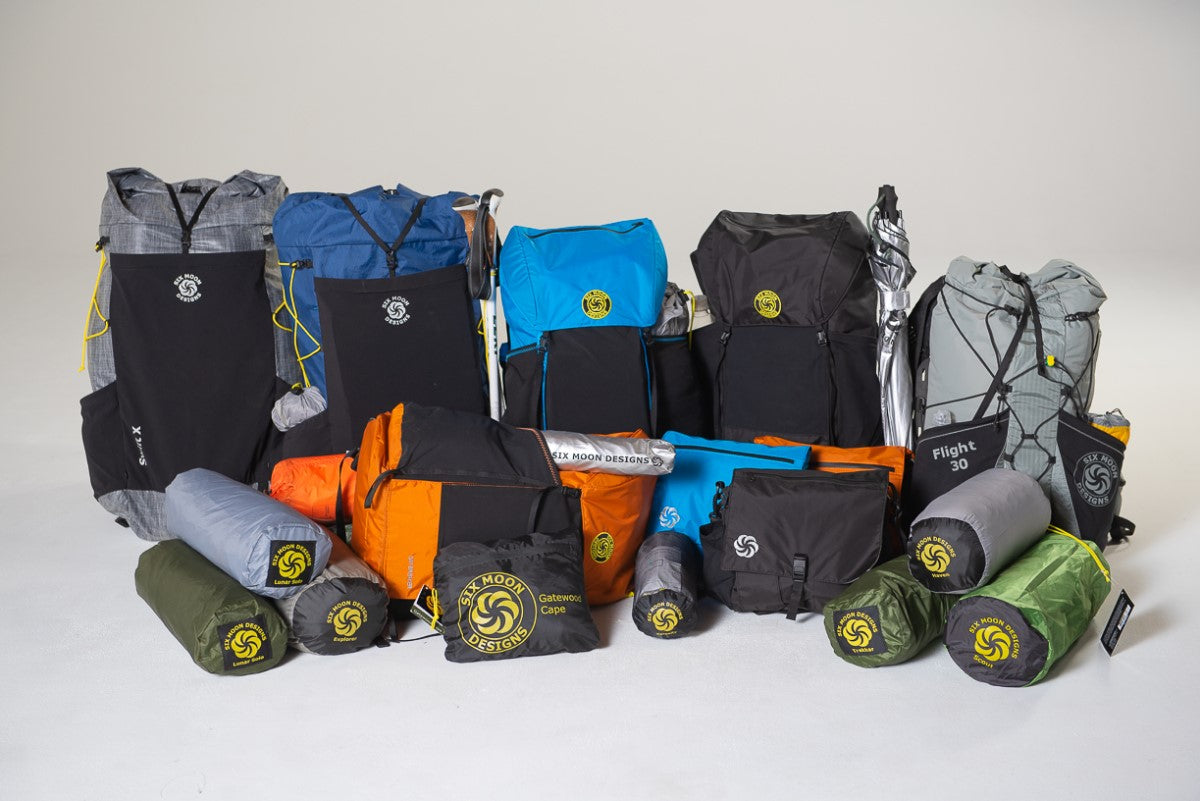
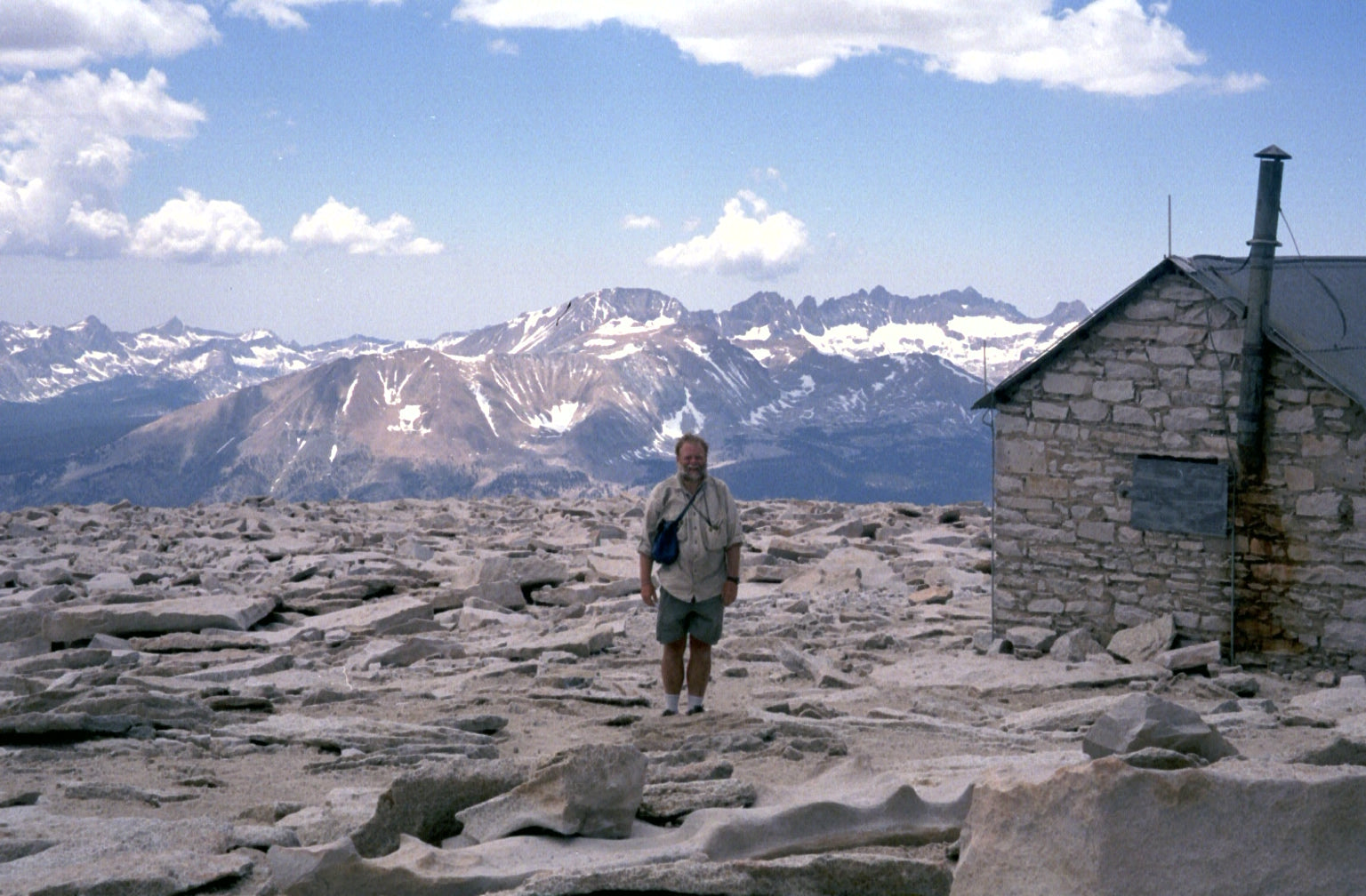
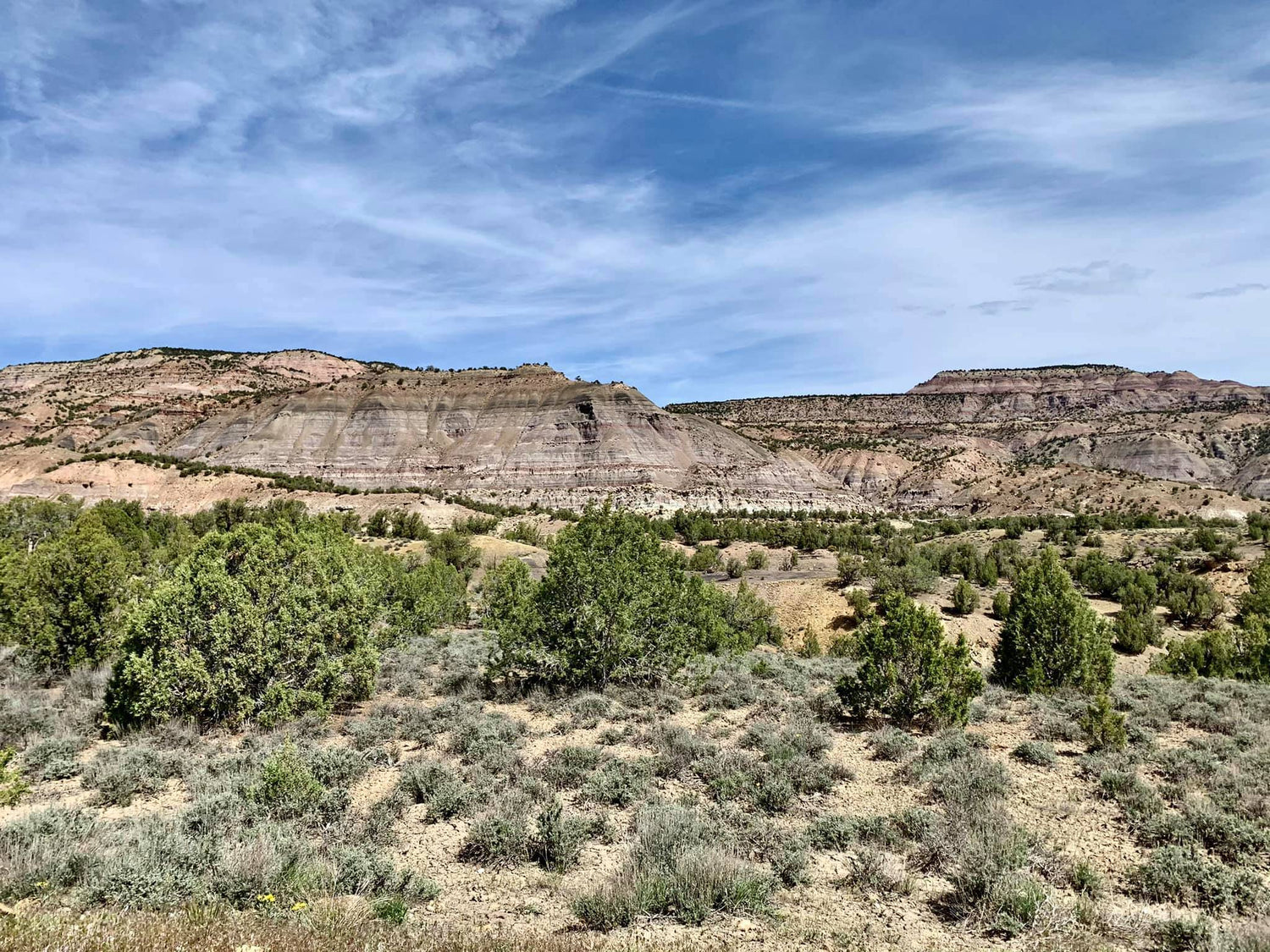

Leave a comment
This site is protected by hCaptcha and the hCaptcha Privacy Policy and Terms of Service apply.